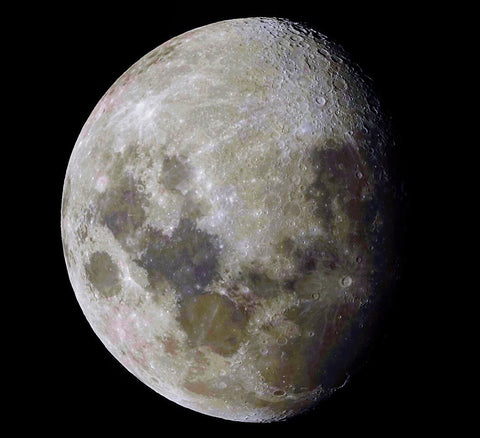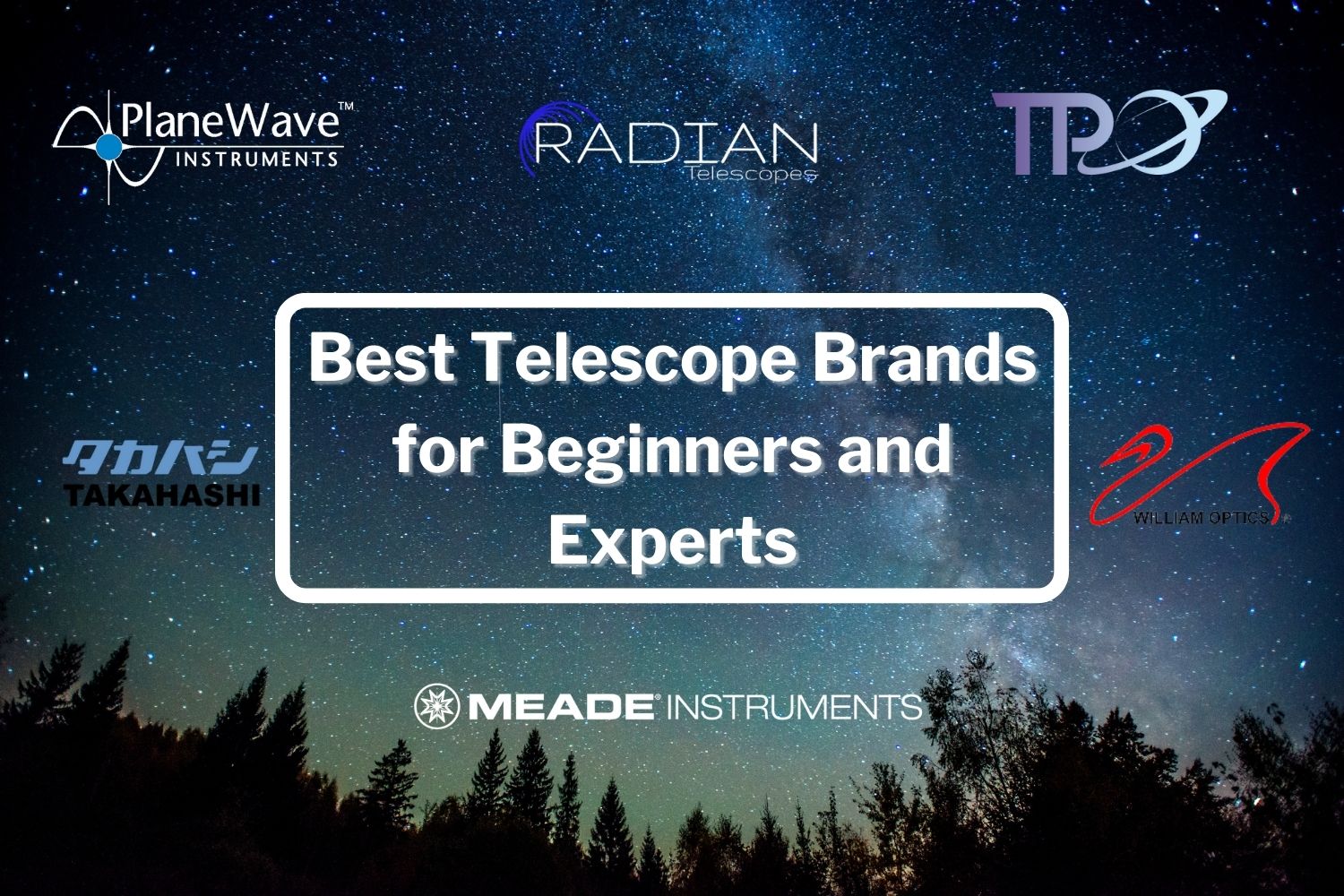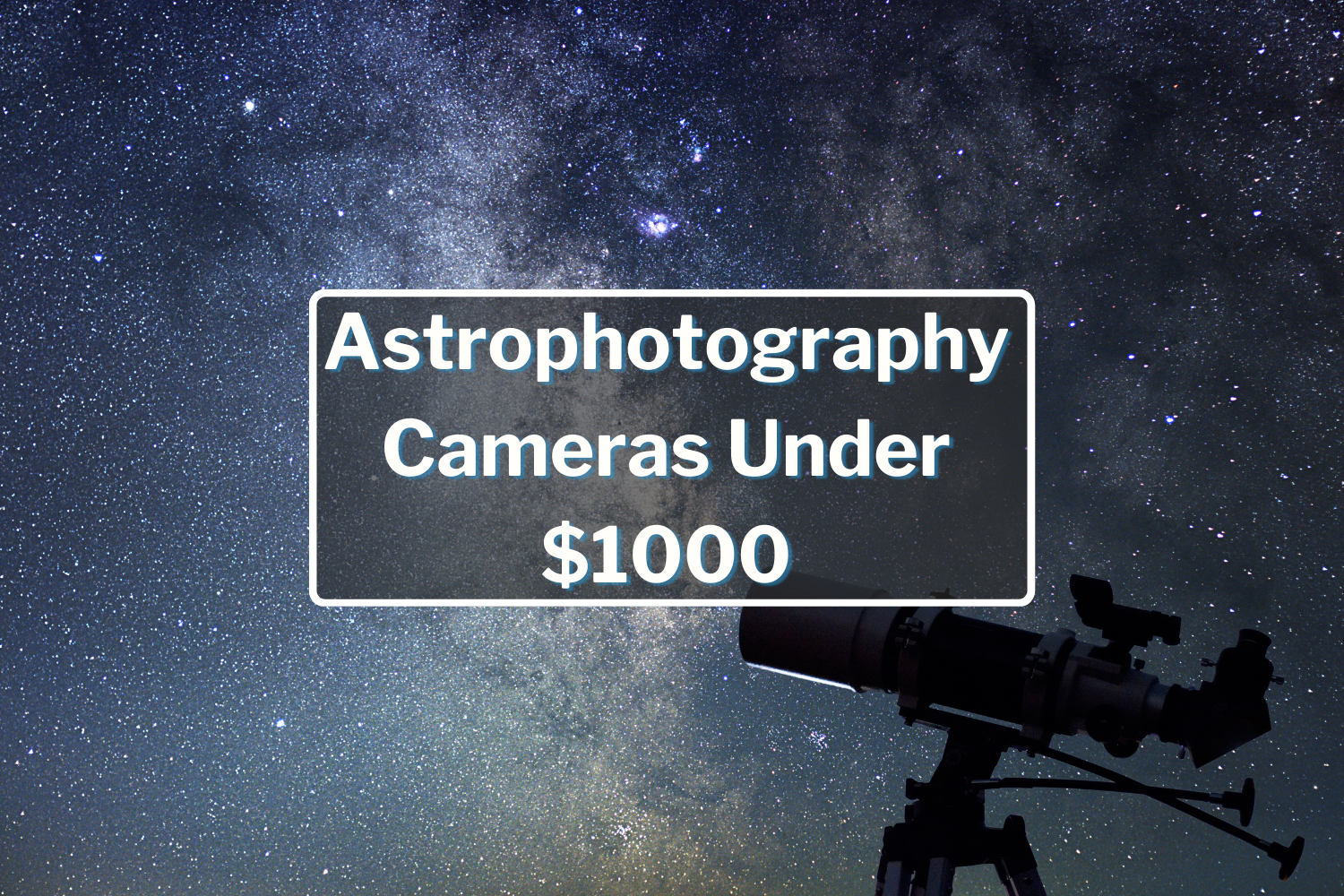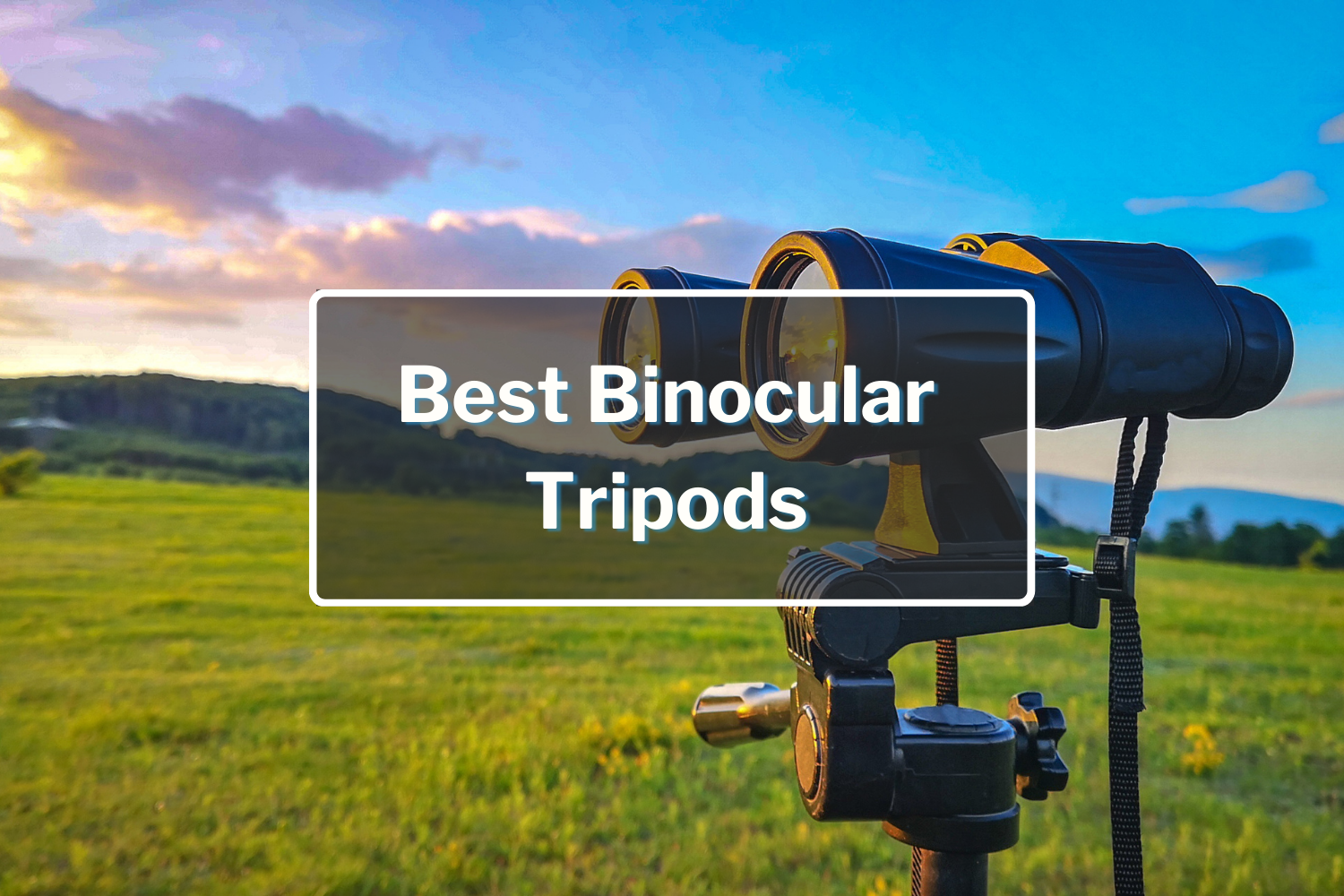A Guide to Dobsonian Telescopes
When it comes to buying your first Dobsonian telescope there’s a lot to consider but not a whole lot of clarity in advice. A friend may mention that you’ll want an aperture of one size, or a focal length no less than 300 mm, or you might be advised simply to buy a Dobsonian. You say, “Sure, I’ll check that out,” still uncertain of what to look for. We at OPT are here to help guide you through the complexities of finding a telescope perfect for you, and this beginner's guide to Dobsonian telescopes is a perfect place to start.
The Ins and Outs of a DOB
Due to the ease of use provided by the Dobsonian mount, amateur astronomers find this design ideal for ramping up their efforts in observing the cosmos. The design is so simple that even those with minimal knowledge or skill could build one of their own without much trouble, but it’s near impossible to replace the precision and quality of professionally manufactured telescopes.
The baseline design is comprised of a turntable Alt-Az mount, a Newtonian reflecting telescope, with varying aperture and focal length, and an eyepiece. These are the very basics, and the one you purchase may already come with a finder scope or onboard computer.


What's Good About Dobsonian Telescopes?
One of the best qualities of the Dobsonian telescopes is their versatility. This design works well for wanting to casually view the night sky in a point-and-look manner, or if you’re in the mood to scout out a distant object.
When it comes to the weight of these scopes, they can weigh between 5 and 200 pounds! Although, some come apart for easy transportation!
What Can You See with Dobsonian Telescopes?
Near Space Objects – The Moon, Planets, The Sun
Thanks to the ease of the Alt-Azimuth mount and the wide field of view (FOV) generally provided by these models, they’re a perfect fit for amateur astronomers on a night of visual observing. We can twist and turn the scope to the Moon, to Mars, and the stars.

Deep Space Objects (DSOs) – Galaxies, Nebulae, Clusters
Dobs are equipped for viewing these further and fainter objects as well, although tracking these can be quite a challenge without a properly integrated system. In general, finding any object in the night sky shouldn’t take much effort at all for one of these.

Why Use a Dobsonian?
Easy setup and use
Perfect for beginner and amateur astronomers. A Dob can be up and running in just a few minutes from box to backyard.
Portable by design
Engineered with highly varied weights and sizes.
Reflecting telescope
Dobsonians do not suffer from the image distortion caused by chromatic aberration in refracting telescopes.
Well-adapted
These models range from beginner use to professional use!

How to use Dobsonian Telescopes?
Visual Observing
Just point and take a look! These are among the simplest designs around for telescopes. Once assembled it requires no more than the point-and-look method—unless, of course, the eager astronomer in you opts for one with tracking technology. If that’s the case, follow the instructions provided and you’re ready to scour the skies.
Astrophotography
This type of telescope is generally not used for astrophotography purposes. This is in large part due to the Alt-Az mount they’re known for, which can prove too clunky, especially when attempting to capture deep space objects. For that purpose, a telescope with an equatorial mount would serve you better. Nonetheless, a Dobsonian certainly can be used for astrophotography on a more local scale such as our neighboring planets and the Moon.
Collimating a Telescope
Collimating? Collimation? What’s that? It’s a fancy (technical) word for aligning the mirrors within a telescope. This need not be a hassle either with help from one of many collimation tools available. Simply attach the collimator to the eyepiece port and adjust the mirror knobs on your telescope until aligned.
Now you might also be wondering: Why would I need to realign my mirrors? Why do the mirrors lose their alignment? Great questions again. We can think of the mirrors like strings on a guitar, and we all know the necessity of tuning that guitar properly. The same necessity applies to your telescope, but instead of tuning for a sound we’re tuning for a sight. Everything we love in life requires a little maintenance and our scopes are no different.

Which Dobsonian to Buy?
Best Portable – Celestron FirstScope Signature Series Moon

This first scope is the ultimate in portability and ease of use. Small and light enough to fit into an adult backpack, this telescope is ideal for convenience and family use at an extremely affordable price.
Best Value – Meade EclipseView 114 mm Reflecting Telescope

The Meade EclipseView 114 mm Reflecting Telescope is an excellent choice for the aspiring astronomer looking to get just a bit more serious in their stargazing. Slightly bigger than the previous telescope, the EclipseView will enable a keener eye to the sky. As a bonus, this telescope is ready to use for viewing the Sun with the removable solar filter that’s included.
Best GoTo – Orion SkyQuest XT8i Intelliscope Telescope

Now we get to the first of the more big-league telescopes. The Orion SkyQuest XT81 is for those looking to get serious in astronomy. Able to get up close and personal with deep-sky objects like nebulae and galaxies but also staying intimate with our own moon, this telescope will guide you through the cosmos with its built-in computer database.
Best Large Size – Sky-Watcher 20-inch Stargate Truss-Tube Go-To

The final item on the list and it is a big one! Weighing in at a total of 164 pounds when fully assembled, this Sky-Watcher 20-inch is sure to turn some heads wherever it is. The most advanced in its class, this telescope is immensely powerful and provides refined detail when scouring deep space. The computer database provides 42,900 objects that can be located and tracked with the motorized mount. If you’re looking to go big, this is your Go-To.
Best "Classic" Style Beginner Dobsonian Telescope
Orion Skyquest XT6 Classic Dobsonian Telescope

This is a prime example of the classic Dobsonian style that we've all come to know and love at an extremely reasonable price. When getting into a new hobby we often look for a starting setup that's both super functional and aesthetically pleasing, and this is a scope that perfectly fits into both categories. The Orion Skyquest XT6 will serve you well for years to come.
Recommended Accessories for Dob Owners
Telrad Finder Scope with Mounting Base

With any non-computerized telescope, we are better off having a finder scope attached to the tube. Finding what we want to look at would be too much of a hassle without one. It would be like looking for your keys without turning on the light: Sure, we can find them, but why make it more difficult?
TPO Newtonian Laser Collimator III

Whether you’re into the challenge of looking into the night sky with a finder scope or not, this is an essential tool in any reflecting telescope setup. As mentioned earlier, collimating your scope is necessary for viewing crisp images. Most collimation tools will be acceptable but the TPO Newtonian is at the top of its class, and that’s why we put it here.
We hope this guide has helped you with any questions you’ve had regarding Dobsonian telescopes, and we wish you the best in exploring the cosmos. May your skies be forever clear.
Terms Defined
Alt-Azimuth (Alt-Az) Mount – What this term describes is no more than a mount able to move up, down, and side-to-side with ease. Due to the varying sizes of Dobsonians, these can be small or quite bulky to support a larger telescope.
Newtonian Reflecting Telescope – A telescope using multiple curved mirrors within the tube to reflect and refine the light image we’re viewing.
Focal Length – The distance between the primary lens and the focus point in a telescope. Generally, the longer the focal length the more magnification and focus a scope will have (although this varies based on telescope type).
Eyepiece – This is where you put your eye.











